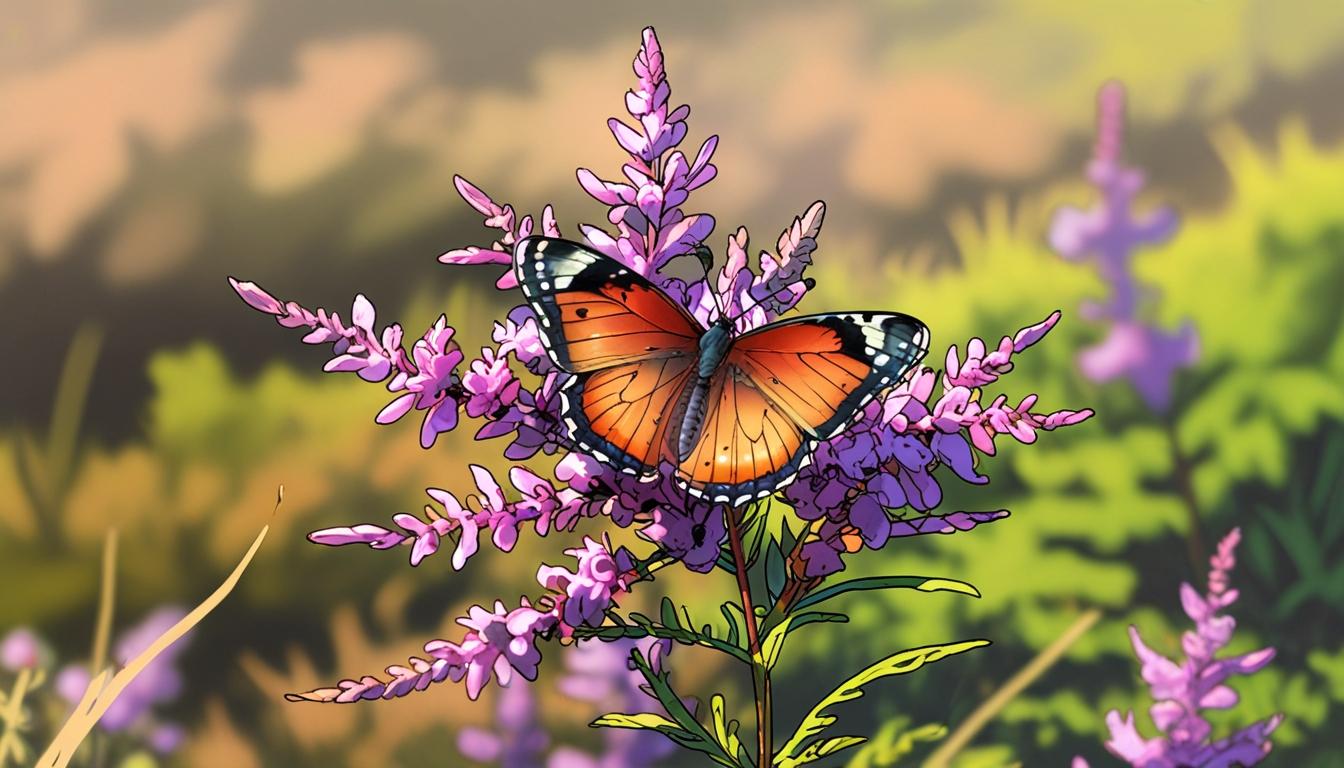A forthcoming mini-heatwave in the UK is anticipated to bring a temporary boost to local wildlife, offering nature enthusiasts a unique opportunity to witness a variety of species more actively during the warmer spell. The British Trust for Ornithology (BTO) has highlighted that ongoing climate patterns, including milder winters and wetter springs, are influencing changes in the country's natural world, although the forthcoming warm period is expected to have only a short-term effect.
Jon Carter from the BTO noted the benefits of the better weather for people and wildlife alike. Speaking to the BBC, he said, "On the plus side, better weather is more inviting for us to get out and enjoy the spring. Dawn chorus is at its peak at the minute and calm, warm mornings are perfect for enjoying it!"
The Met Office has confirmed that the brief warmth forecasted for the end of April is unlikely to have any significant negative impact on essential water sources such as ponds. Grahame Madge of the Met Office described the upcoming warmth as "an end of April dividend for wildlife," adding, "The warmer weather will accentuate the joys of seeing wildlife, such as butterflies and birds."
Butterflies like the peacock and short tortoiseshell are among the first to become active, with more emerging as the season progresses. Dragonflies will also start appearing, while summer bird visitors, such as swallows and swifts, are expected to find abundant food with the increase in flying insects. Remarkably, there may also be sightings of rarer visitors like the European bee-eater, a species normally associated with the southern Mediterranean and northern Africa, which has recently begun nesting in parts of the UK.
Gardens sheltered from wind and exposed to sunshine are expected to become excellent vantage points for spotting butterflies, offering a colourful spectacle for outdoor enthusiasts.
However, wildlife organisations have issued warnings concerning fire risks during the dry conditions accompanying the warm spell. Oliver Fry from Surrey Wildlife Trust pointed out that the heathlands of Surrey are currently very dry, creating “tinderbox conditions.” These lowland heathlands, characterised by open landscapes of gorse, heather, and tree scrub, are home to rare species including the sand lizard, woodlark, and silver-studded blue butterfly.
Earlier this month, conservationists raised alarms about intense grass fires causing harm to some of the UK's rarest wildlife. Anne McCall, director of RSPB Scotland, told the BBC, "Climate change is driving more regular wildfires of greater intensity, and especially so in spring. It is not just vegetation that gets destroyed by wildfire. This is a critical time of year for our native wildlife – with birds nesting and other animals such as amphibians and reptiles coming out of winter dormancy and starting to breed."
The forthcoming warm spell therefore represents both an opportunity and a challenge for the UK’s natural environment as it navigates the complexities brought about by changing climatic conditions.
Source: Noah Wire Services
